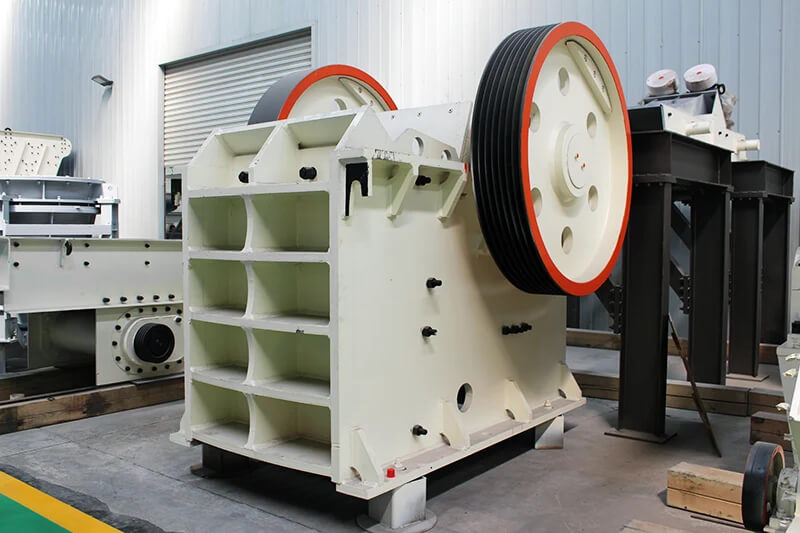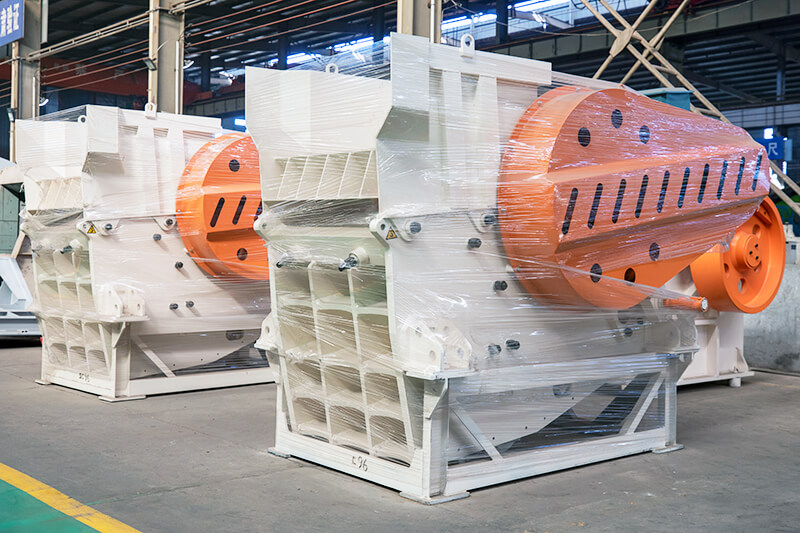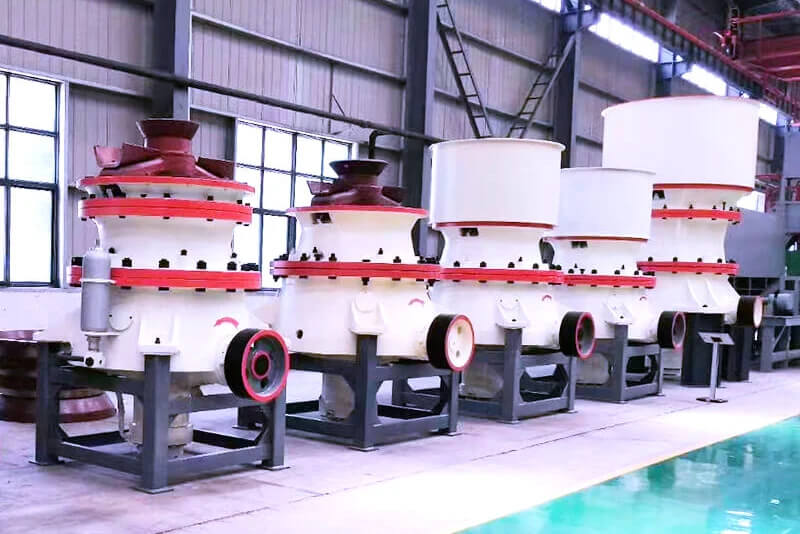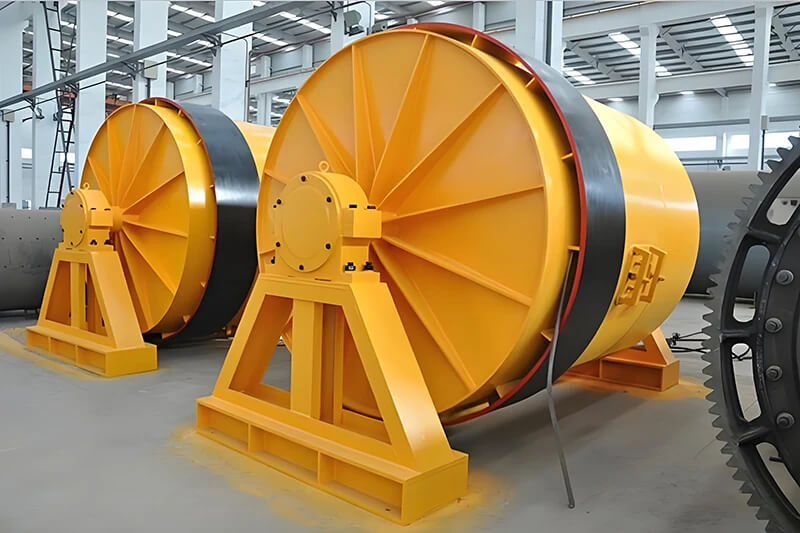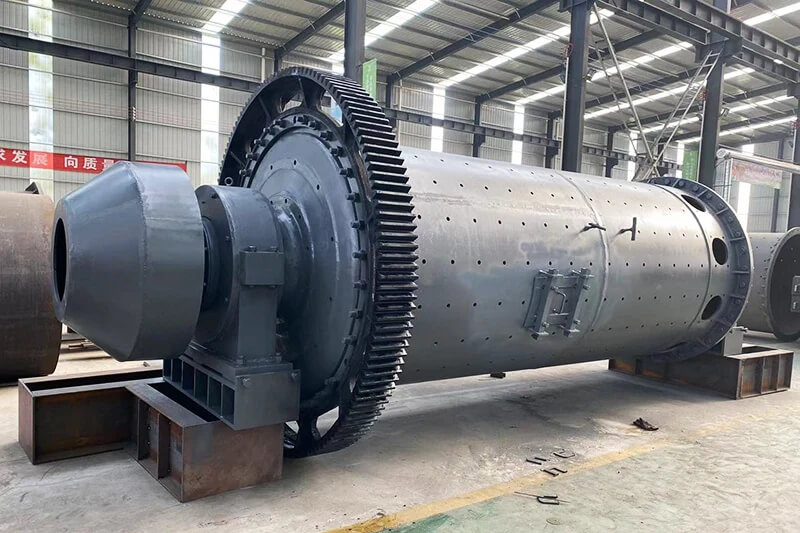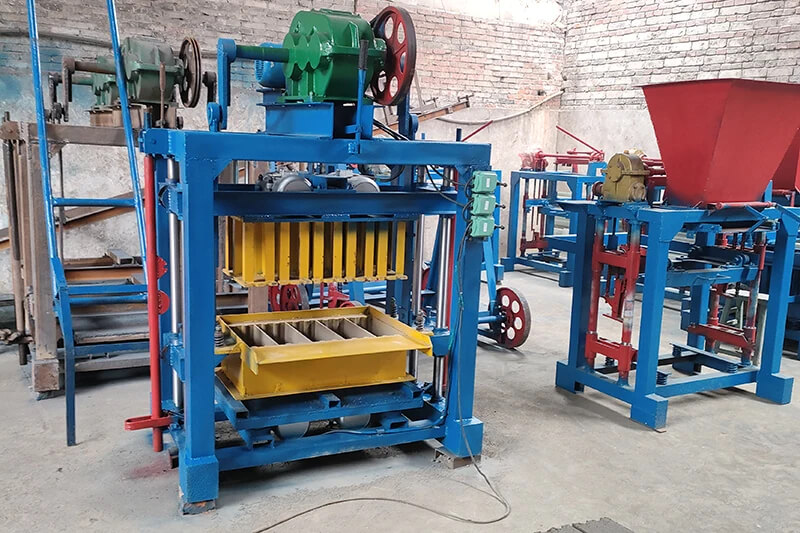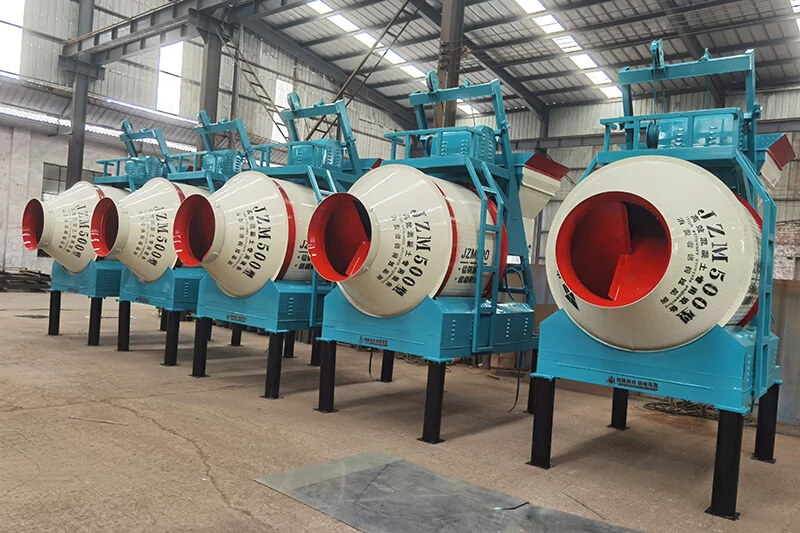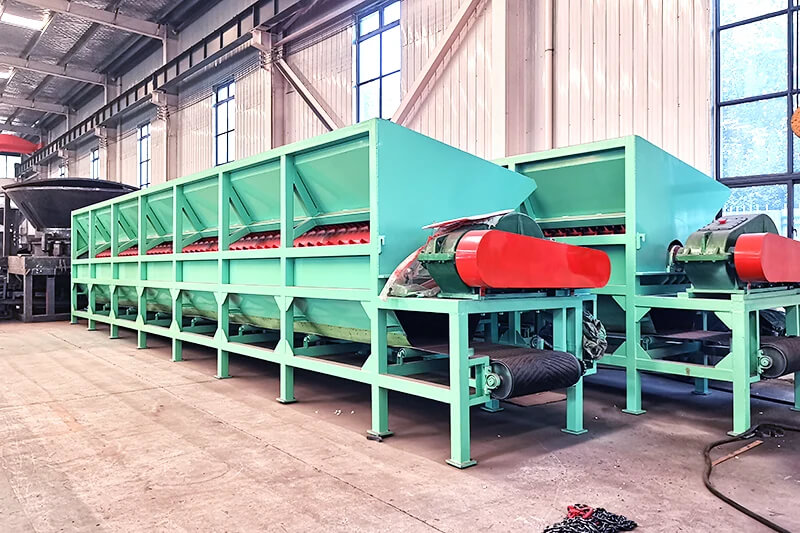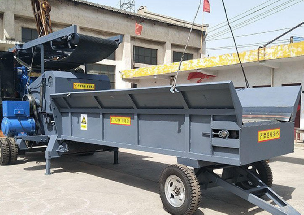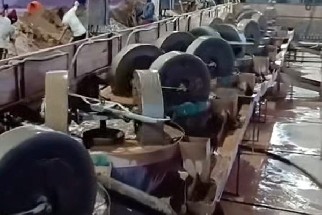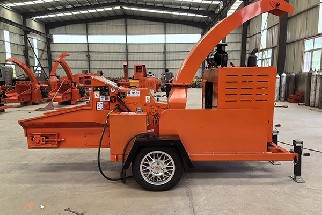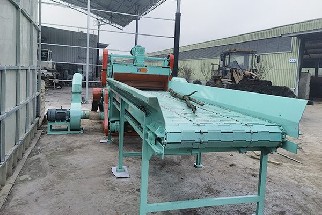Wood processing, landscaping, construction, and even home renovations generate large quantities of waste wood, branches, formwork, and old furniture. Traditional disposal methods, such as incineration or landfilling, pollute the environment and represent a significant waste of resources. The advent of wood chippers offers a perfect solution for this "waste," truly transforming decay into something magical.
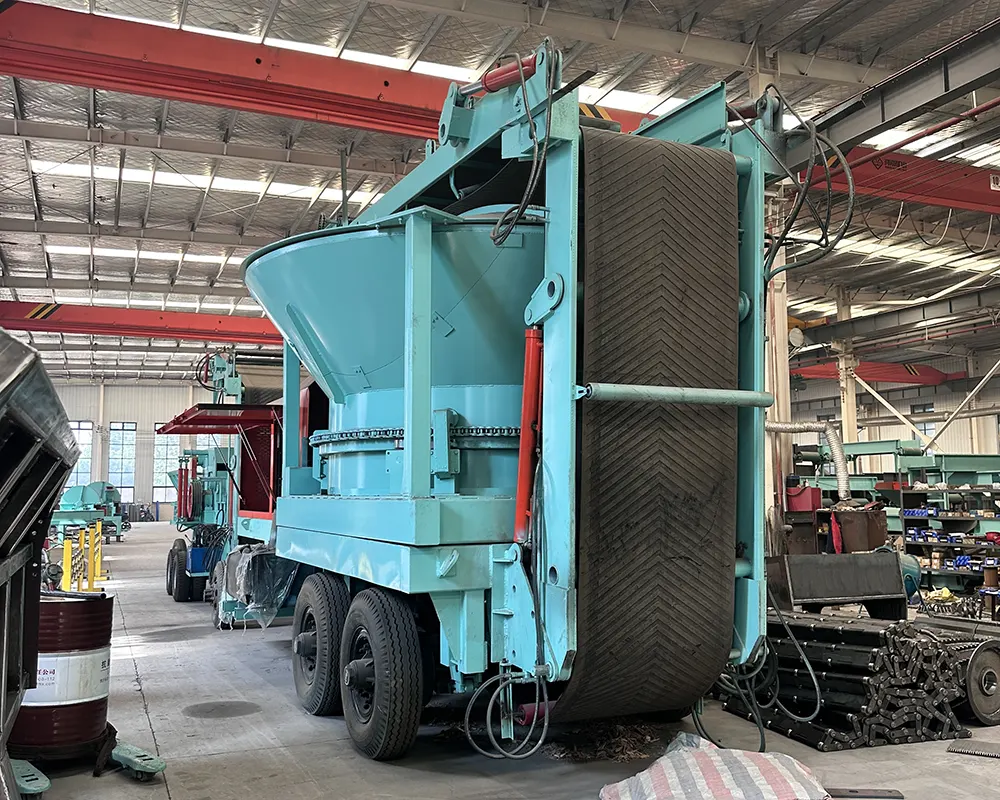
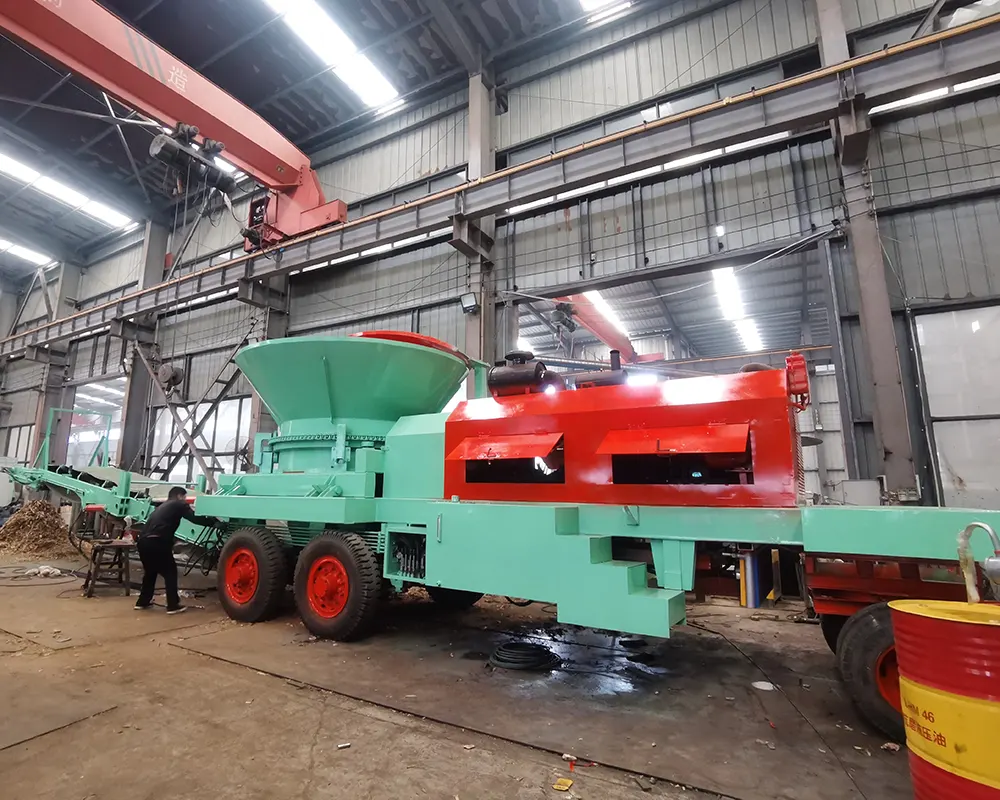
I. Core Tools: Understanding Wood Chippers
A wood chipper is a machine that breaks wood of various shapes and sizes into fine particles or wood chips. Depending on the material being processed, it is primarily categorized as follows:
Disc Chippers: Suitable for crushing relatively regular wood, scraps, and other materials, producing a more uniform output.
Drum Chippers: High-powered and suitable for processing large branches, trunks, and stumps.
Mobile Chippers: Equipped with a chassis or towing device, they can be driven directly to the job site (such as a garden or construction site) for crushing, providing flexibility and convenience.
II. Practical Steps for Waste Utilization
Step 1: Sorting and Collection
First, sort the wood waste to be processed into the following categories:
Pure wood: This includes scraps from processing plants, demolished flooring, and furniture materials (preferably free of metal, paint, and other impurities).
Garden waste: This includes trimmed branches, tree trunks, fallen leaves, and more.
Mixed wood: This includes building formwork (which may contain nails) and used pallets. These materials require special pretreatment.
Step 2: Pretreatment
This is crucial for ensuring safe operation of the pulverizer and the quality of the output.
Removing foreign matter: Carefully inspect and remove any hard objects such as metal (nails, screws), stones, and plastic from the wood to prevent damage to the cutting tools.
Size control: For wood that is too thick or too long (such as large tree trunks), use a chainsaw or log splitter to cut it into pieces that fit the feed inlet.
Step 3: Crushing
Start the pulverizer and allow it to idle to confirm normal operation.
Feed the pretreated wood evenly and continuously into the feed inlet. Avoid overfeeding the wood at once, which could cause the machine to jam. The crushed wood chips/wood shavings are discharged from the discharge port and can be collected directly in bags or transported to a storage area via a conveyor belt.
Step 4: Product Storage and Application
The crushed product can be called sawdust, wood chips, or wood powder, depending on particle size. It should be stored in a dry, well-ventilated area for future use.
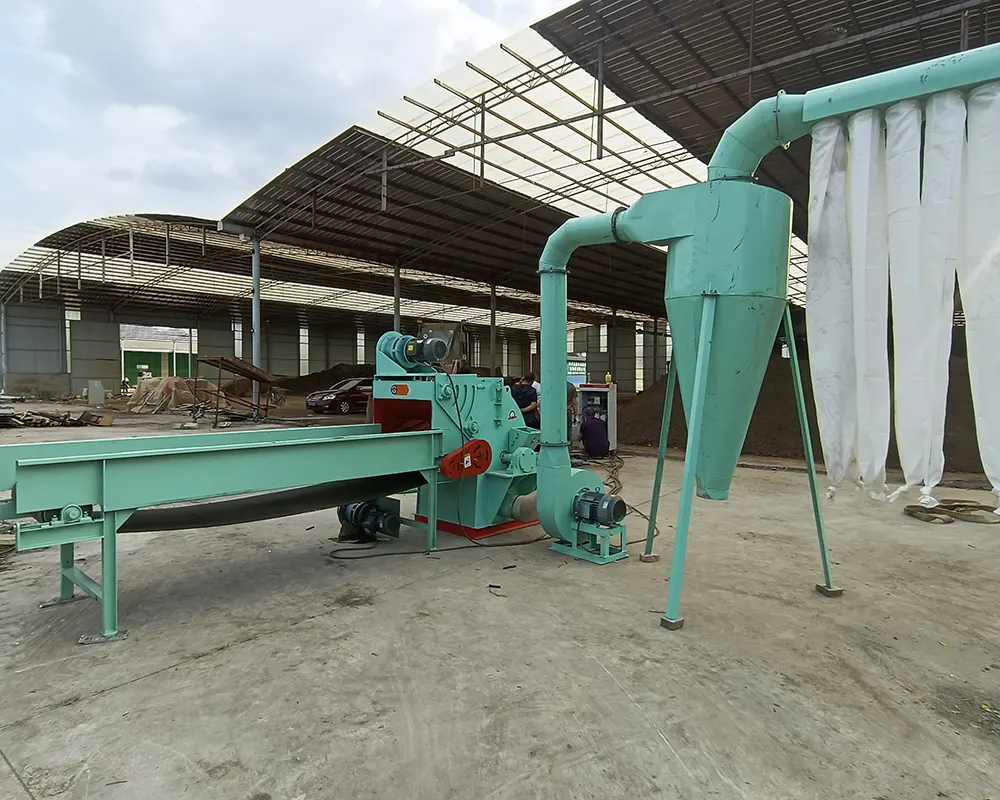
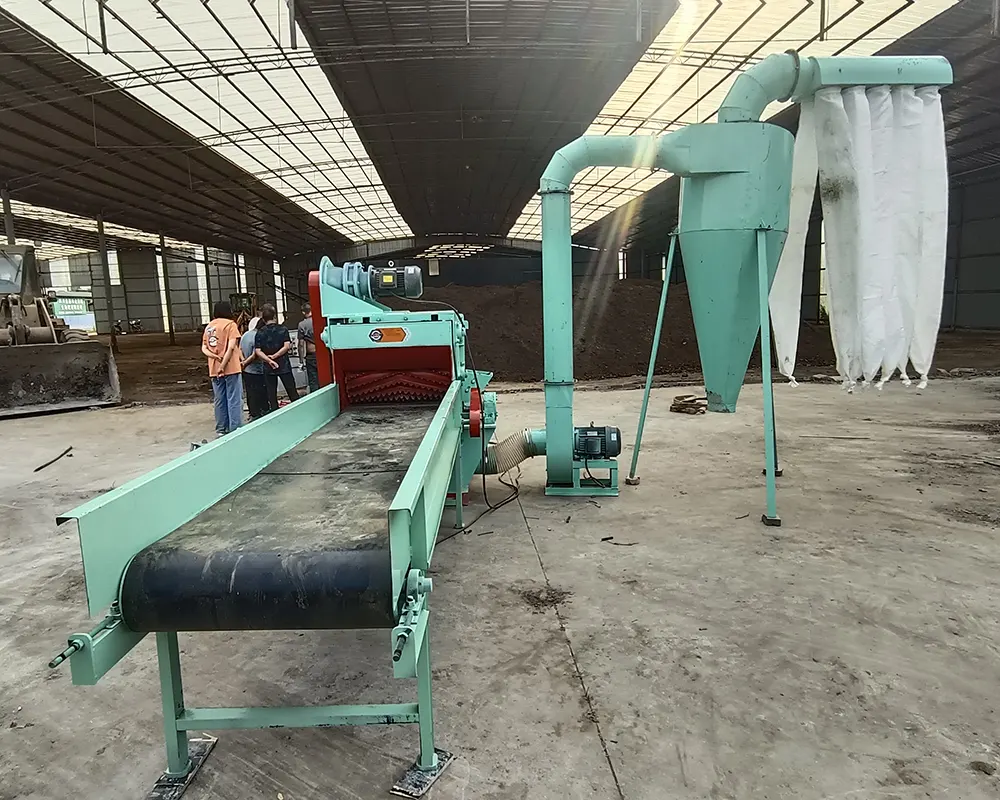
III. Diversified Applications of Pulverized Products (Reflecting the Value of Waste Utilization)
This is the core value of the entire process. The crushed product has a wide range of uses:
1. High-quality organic mulch
Landscaping: Spreading sawdust or wood chips on the soil surface of flower beds and tree pits effectively retains moisture, suppresses weeds, regulates soil temperature, and gradually becomes fertilizer as it decomposes.
Landscaping: Dyed sawdust can be used to pave paths in parks and residential areas, creating an aesthetically pleasing and environmentally friendly experience.
2. Processing into Biomass Fuel
Wood chips are the primary raw material for producing biomass pellet fuel. These pellet fuels have a high calorific value, are clean and environmentally friendly, and can replace coal in industrial boilers and home heating, making them a key tool for achieving carbon reduction.
3. As a Cultivation Substrate
Fungus Cultivation: Sawdust from specific tree species is an ideal culture medium for growing edible fungi such as shiitake mushrooms, wood ear mushrooms, and oyster mushrooms.
Garden Seedling Cultivation: Fermented sawdust can be mixed with other substrates (such as coconut coir or perlite) for soilless cultivation or seedling cultivation.
4. Man-Made Board Production
Fine wood dust can be used as a raw material for manufacturing density boards, particle boards, sawdust boards, and other materials, returning them to the production cycle of furniture and building materials.
5. As an Environmentally Friendly Bedding Material
Livestock and Poultry Farming: Dry, clean sawdust is a high-quality bedding material for livestock and poultry farms (such as chicken and pig farms). Its high water absorption improves the breeding environment.
Pet Bedding: Suitable for bedding in cages for small animals such as hamsters and rabbits.
6. Other Industrial Uses: It can be used as a raw material for papermaking, as a filler in chemical processing, and even to absorb oil spills in emergencies.
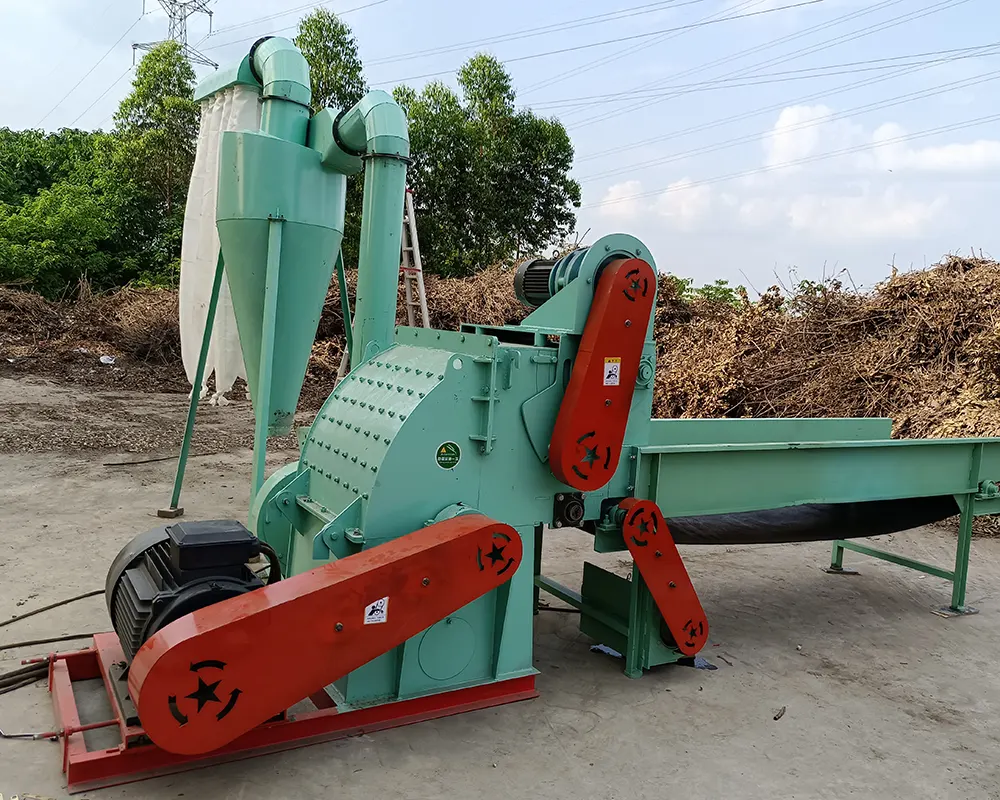
IV. Economic and Environmental Benefits
Economic Benefits:
Waste-to-Money: Converting waste that would otherwise require paid removal into marketable products (such as fuel, mulch, and base material).
Cost Savings: Producing mulch, bedding, and fuel reduces garden maintenance, livestock farming, and energy costs.
Environmental Benefits:
Reduced Incineration and Landfilling: Fundamentally addresses the air pollution and land occupation issues associated with wood waste disposal.
Promoting a Circular Economy: Recycling wood resources reduces the need for new logging and protects forest resources.
Improving Soil: Returning wood to the earth as mulch or compost improves soil structure.


